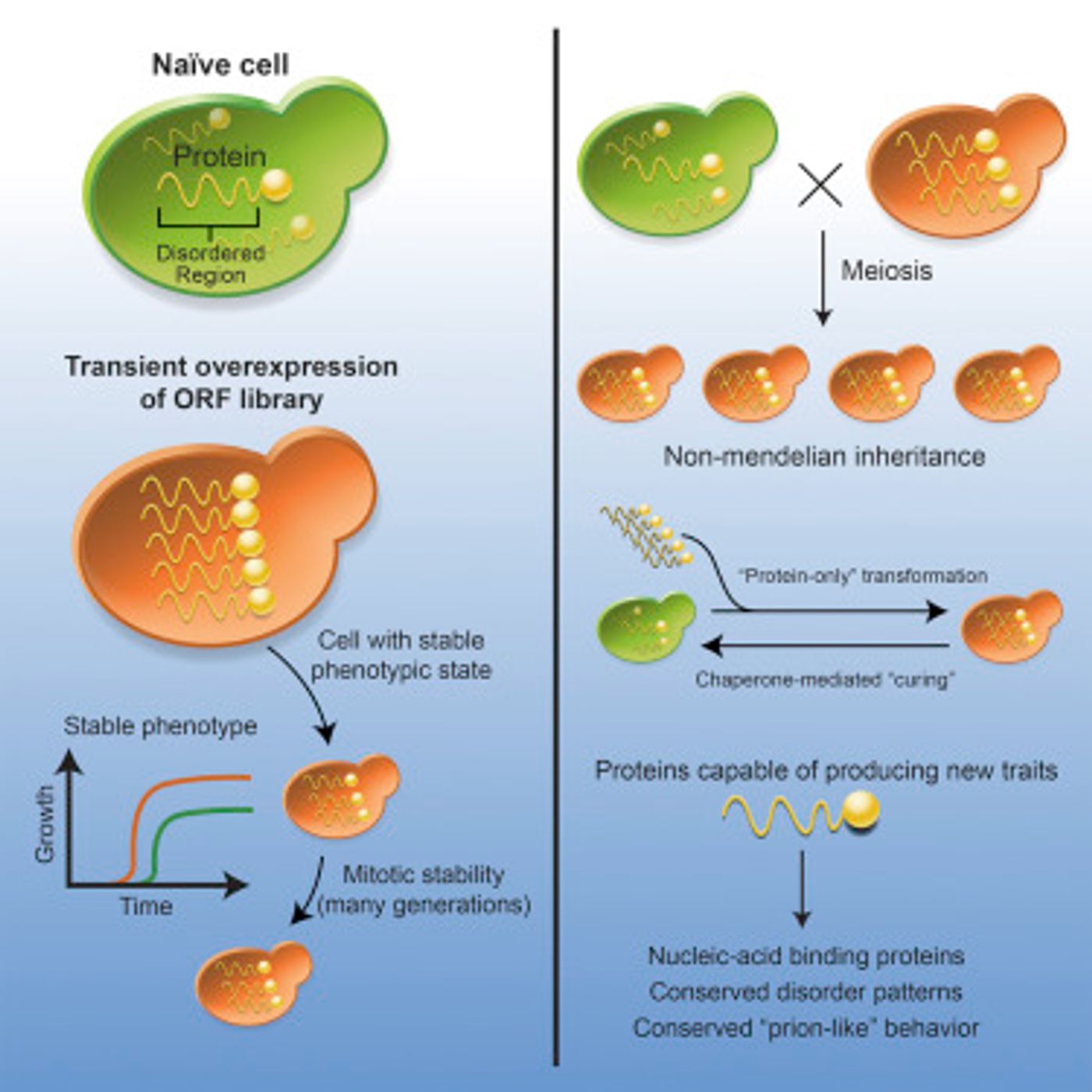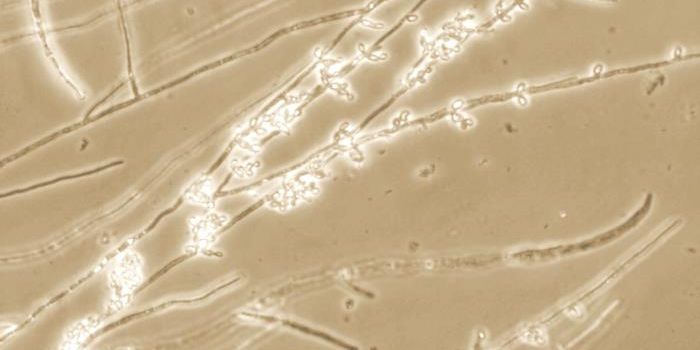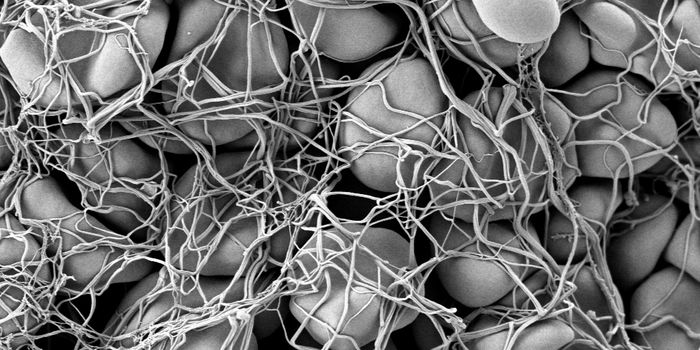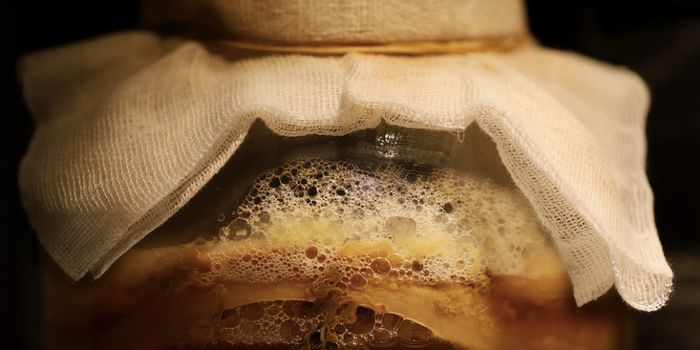If you’re familiar with the word prion than you probably associate it with dysfunction and disease. Prions infamously cause bovine spongiform encephalopathy, commonly known as mad cow disease, as well as other disorders like fatal familial insomnia and Creutzfeld-Jacob disease. New work done at the Whitehead Institute has shown however, that some prions in yeast and potentially, plants and other organisms, are beneficial.

Prions are a kind of protein that can infect cells and pass on traits, such as causing abnormal folding of proteins in a cell. They are known to be able to be efficiently transferred from a cell that contains prions to a cell that does not – a naïve cell, in a process known as cytoplasmic transfer. Prions have a self-perpetuating structure, so they are thus able to generate a large accumulations of proteins folded in the same way, called amyloids. There is cellular machinery that is dedicated to propagating prions. For example, the protein Hsp104 chops up clumps of prions so they can disseminate from a mother to all or nearly all daughter cells where they exert dominant effects.
In work published in Cell, a team of researchers led by Susan Lindquist investigated this protein-mediated inheritance. They created a screen to identify proteins in yeast that can generate stable phenotypes that are transmitted to daughter cells for at least one hundred generations. The graphical abstract from the work is shown below.
Their results indicated that some of the typical characteristics, like amyloid formation and reliance on helper proteins, were absent from most of the 46 potential prions. Regardless, the structural change derived from prions was observed, as was mother to daughter transmission of that trait, both important features of prions. In this case, most of the prions functioned to help the yeast deal with environmental stresses and challenges.
Unike canonical prions that create specific structures, these proteins had large disordered segments, which lack a rigid structure. That is a feature shared with human proteins that have similarities to prions. Lead author of the work, Sohini Chakrabortee, suggests that lack of rigidity confers an ability to be flexible and fill a variety of functions in a cell. After examining human correlates, the researchers saw that those flexible regions were kept for hundreds of millions of years.
"This conservation over millennia could be because these proteins are vastly beneficial in nature," says Chakrabortee, who is currently Research Development Officer for European and International Funding for the University of Birmingham, United Kingdom.
Chakrabortee has suggested that some of the basic assumptions regarding prions may not be warranted. "We don't know how deep is the ocean," she commented, on the number of potential prions. "This opens up new directions, and we're just starting to look into what these proteins do and their impact. This screen just gives us a taste of the breadth of prions and protein-based inheritance."
If you'd like to know more about prions, the following lecture from late 2013 is by the leader of this research team, Professor Susan Lindquist.
Sources:
CDC,
Eurekalert!/AAAS via
Whitehead Institute/MIT,
Cell



















































